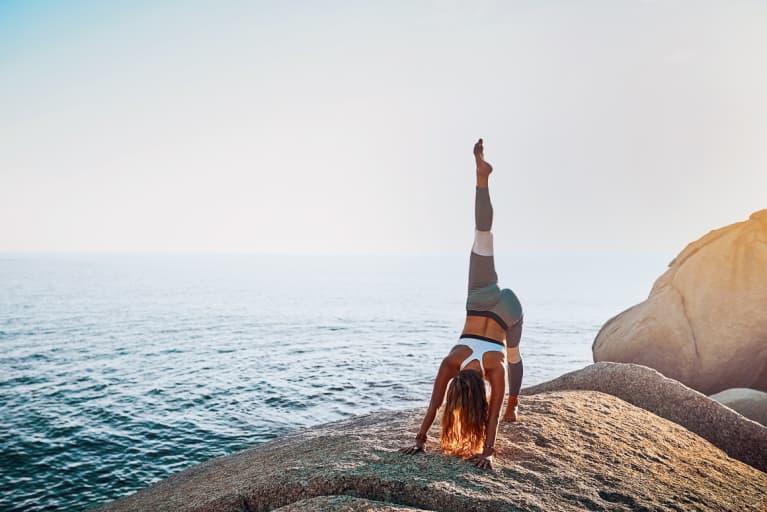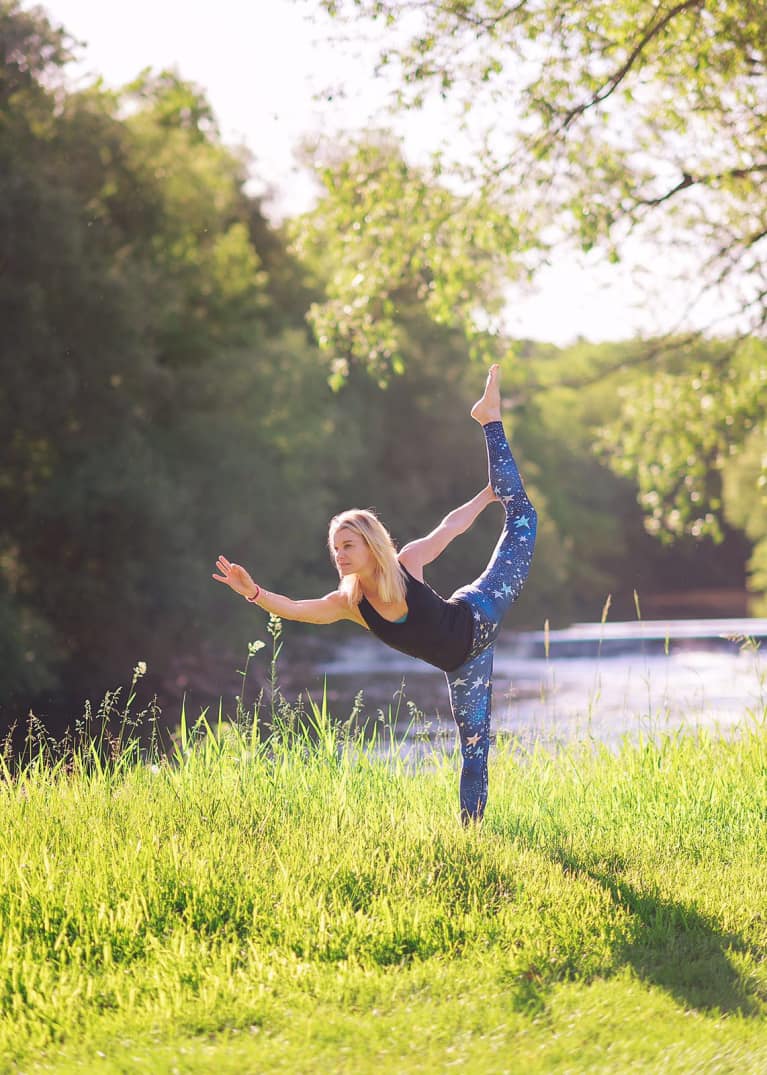
Inflammation in the body is a natural process of the immune system responding to infection, injury, stress, and more. As part of a healthy system, inflammation can actually be a good thing and help to combat small problems.
However, when inflammation is prolonged and becomes chronic, it can have some serious health implications. Chronic inflammation can lead to the development of chronic diseases as well as causing visible signs of aging.
In addition to generally caring for your body, working to reduce stress, and eating a healthy diet, you can also protect yourself against chronic inflammation with yoga.
Yoga is fantastic for decreasing stress levels, and research has also shown that those who practice yoga regularly have higher levels of leptin and adiponectin in their bodies. Both of these natural chemicals work to alleviate inflammation in the body.
Here are three poses that will kick inflammation to the curb.
Twisted Figure 4 Pose
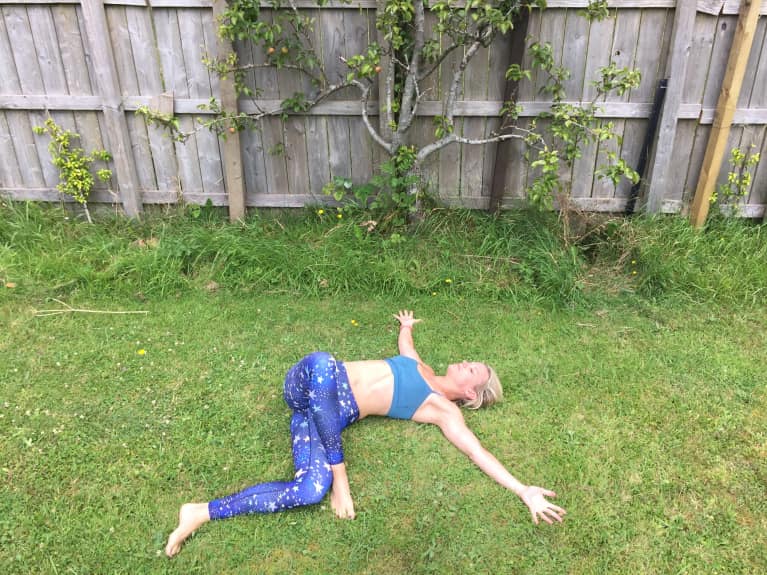
This is a restorative pose that works to soothe the nervous system and promote healing in the body — both of which are great for combating inflammation.
Restorative poses are favored for their ability to promote calm throughout body and mind, making them some of the best go-to poses for inflammation prevention and relief.
To enter this pose, lie on your back with your knees bent and you feet firmly on the ground. Move your right ankle to your left knee and then allow both legs to come down across to the left of your body. You must then rest the sole of your right foot on the floor as your right knee points upward. You should allow your pelvis and your lower back to relax as you gently stretch your hips.
Hold this pose for one minute before returning to the start position and repeating on the other side.
Warrior II Pose
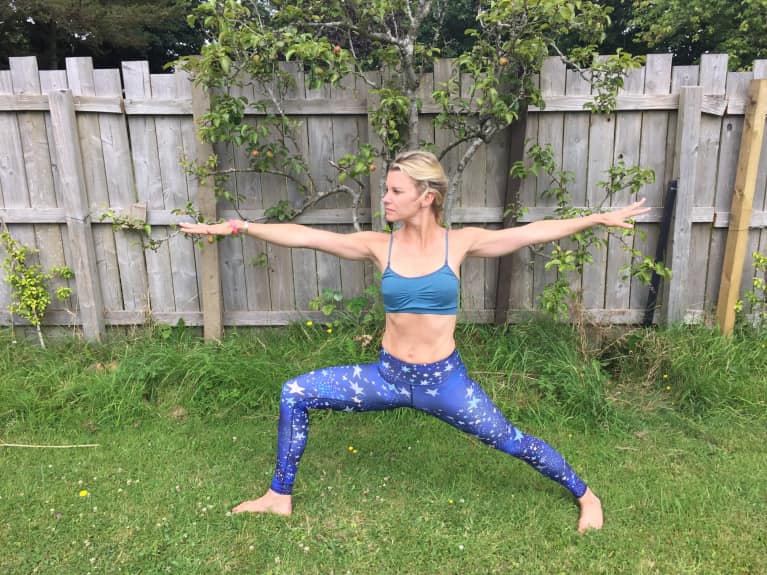
This pose is perfect for tackling inflammation as it helps to relieve muscle aches while improving circulation and respiration. When your circulation and respiration are at an optimum level, your body is much better equipped to combat stress and function effectively.
Begin this pose in tadasana with your feet approximately 4 feet apart. Raise your arms parallel to the floor, with your palms facing down, and then extend both arms out to either side so that your shoulder blades open. You can then turn your right foot out 45 degrees and keep your left foot parallel to the back of your mat or space.
Your right heel should be aligned with your left heel. Slightly tense the muscles in your thighs and then bend until the right kneecap is in line with your right ankle. Stretch both arms away from the shoulder blades, keeping them parallel to the floor. Feel your tailbone push down slightly as you keep your gaze focused on your fingers to your right.
Hold this pose for 1 minute, inhaling and exhaling deeply as you do so, before returning to tadasana and repeating on the other side.
Supine Twist
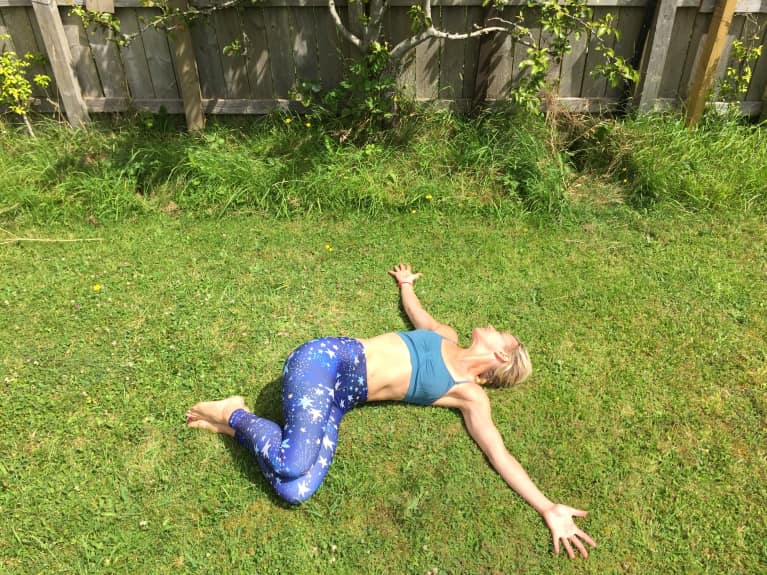
This pose is great for your digestive health, which is very much connected to your immune system response and therefore also the occurrence of inflammation. This pose is especially useful for alleviating inflammation in the lower back as well as working to release any tightness in the shoulders. For these reasons, this pose is perfect for those of you who work a desk job!
Enter this pose by first lying on your back on the ground. Bend your knees, but keep the soles of your feet on the floor. You can then lift your hips off of the floor and move them slightly to the right of your body as you bring your knees up to your chest.
Drop your knees to the right side of your body as you open both of your arms in line with your shoulders. Turn your head to face your right shoulder before you bring your knees back to your chest and drop them to the left side. Hold the pose in this position for between 30 seconds and one minute before returning to a neutral position and repeating on the other side.
